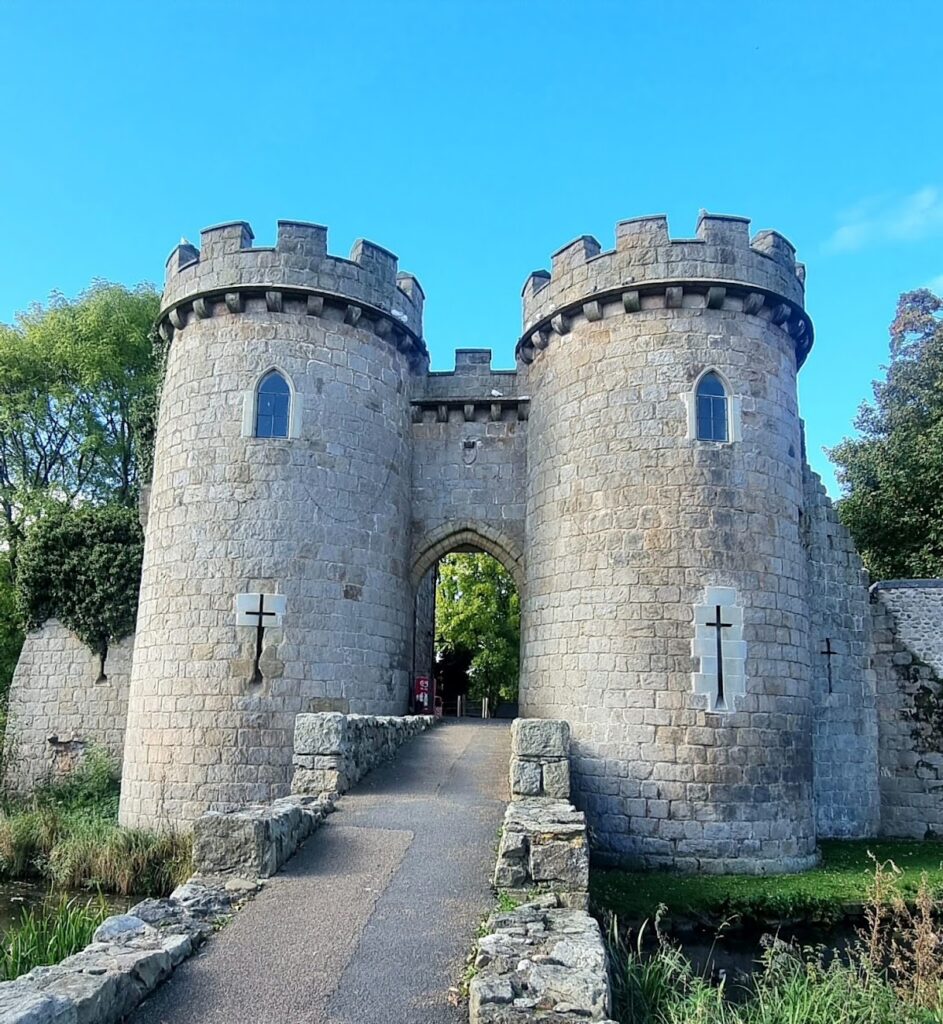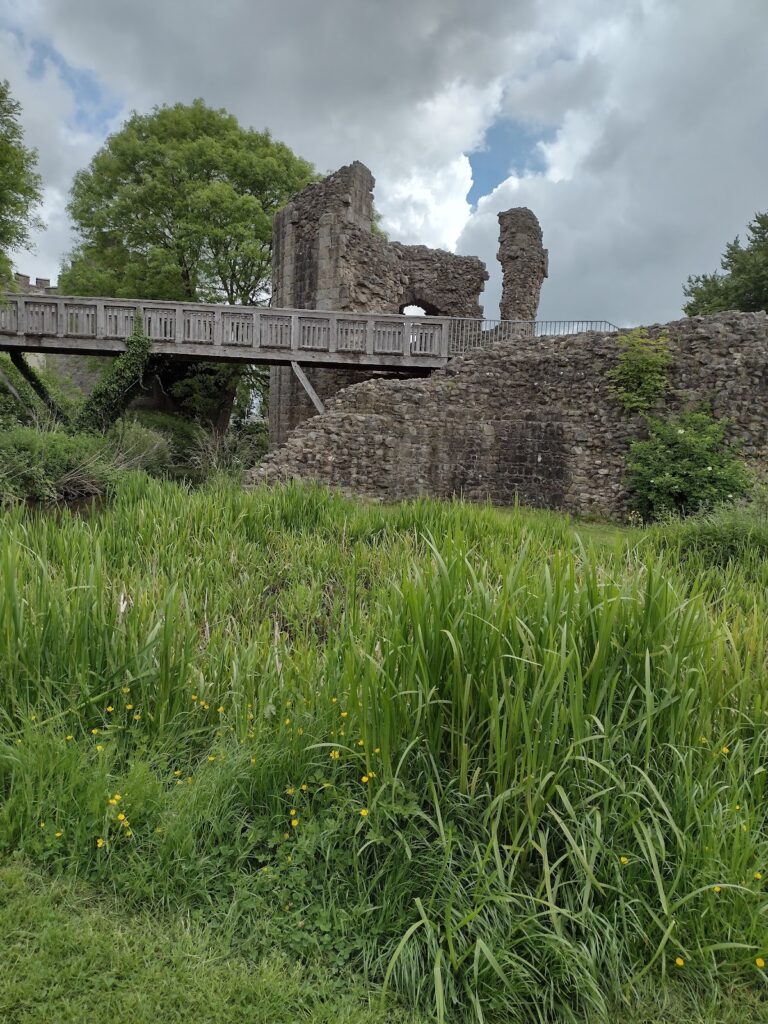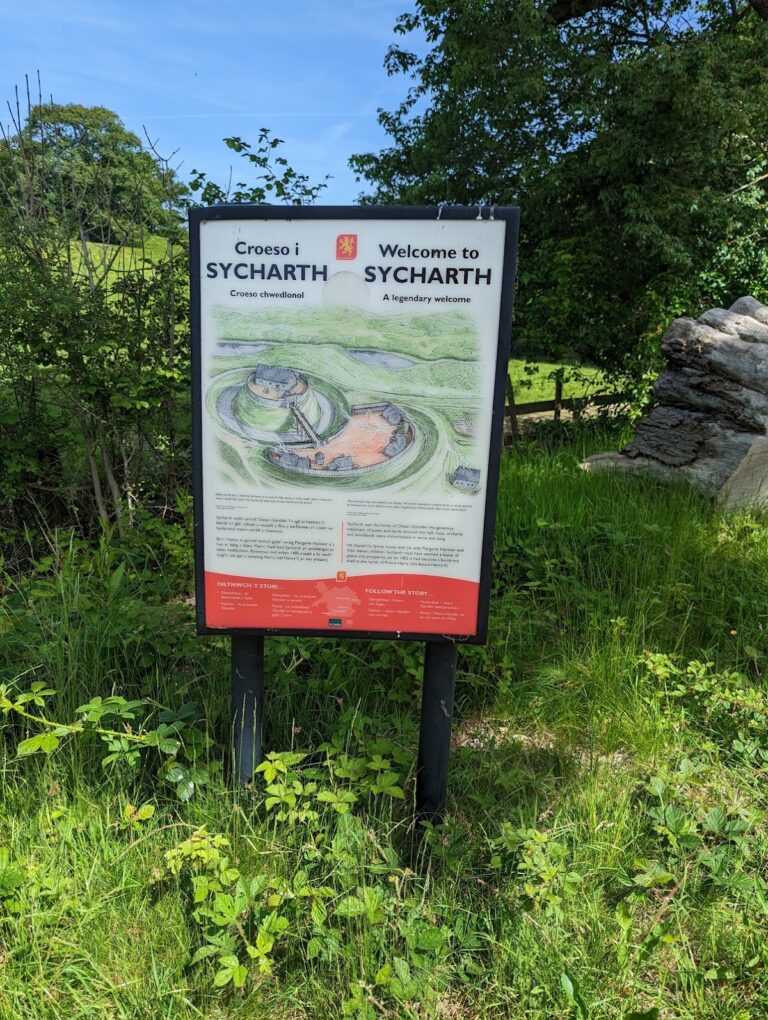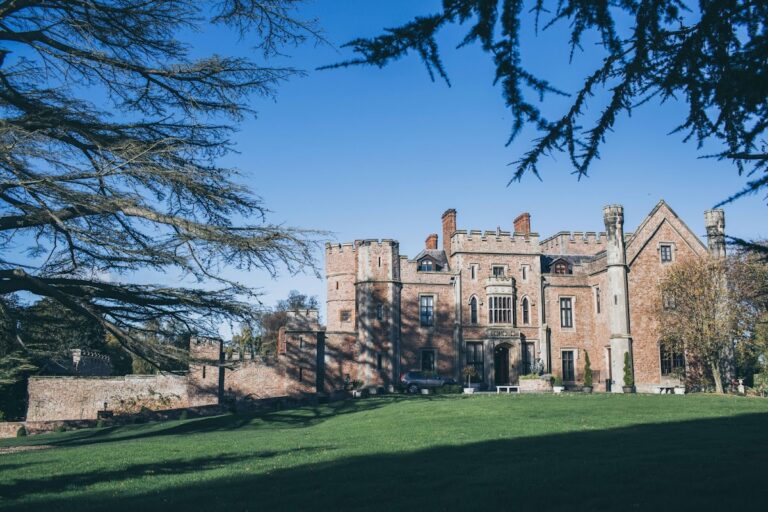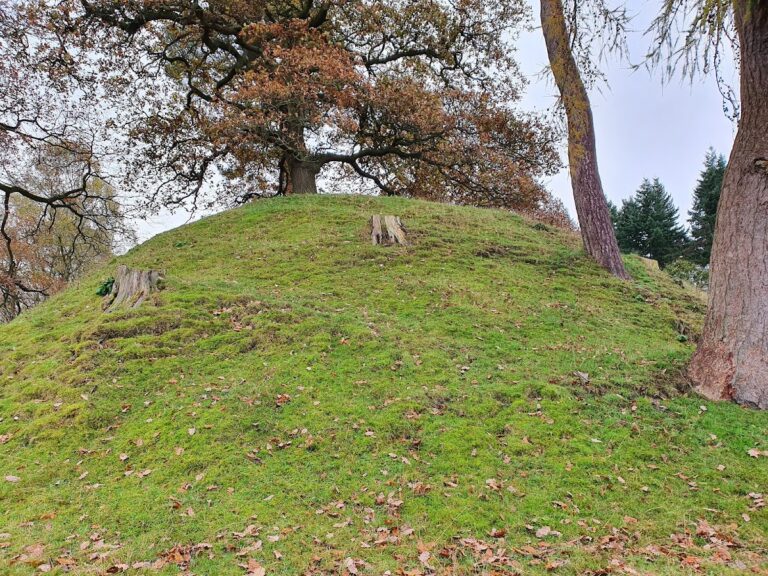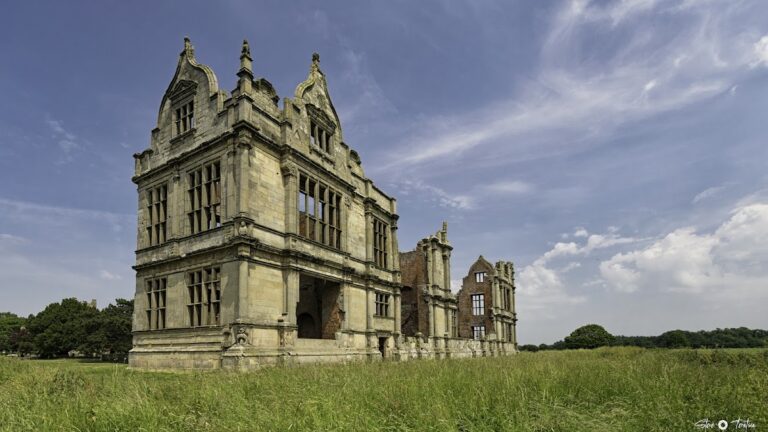Whittington Castle: A Norman and Medieval Stronghold in England
Visitor Information
Google Rating: 4.6
Popularity: Low
Google Maps: View on Google Maps
Official Website: www.whittingtoncastle.com
Country: United Kingdom
Civilization: Unclassified
Remains: Military
History
Whittington Castle stands in the village of Whittington, England, and was originally established by the Normans. Its location near the border with Wales positioned it strategically along Offa’s Dyke, a historic Earthwork that marked the frontier between the Norman-controlled lands and the Welsh kingdoms.
The earliest fortification on the site was likely a motte-and-bailey castle built in 1138 during the civil war known as The Anarchy, when William Peverel constructed defenses supporting Empress Matilda against King Stephen. Shortly thereafter, in the late 1140s, the lordship of Whittington came under the control of the Welsh Kingdom of Powys until about 1160. In 1165, King Henry II returned the castle to Roger de Powys, who began repairs around 1173. Control became firmly established under the FitzWarin family by 1204, following the rebellion of Fulk III FitzWarin against King John. His descendants, named successively Fulk, maintained possession until 1420.
In 1223, the castle endured a significant challenge when Llywelyn ab Iorwerth, a Welsh prince, captured and destroyed it. Soon after, it was restored with more durable stone construction that replaced the earlier timber structures. The new castle featured a stone inner bailey with walls, five towers on an elevated platform, a surrounding moat, and an outer gatehouse called a barbican. These improvements allowed Whittington Castle to serve as an important defensive post against Welsh attacks until King Edward I’s conquest of Wales was completed in 1283.
Following Edward I’s campaigns, Whittington Castle transitioned from a military stronghold to a noble residence for the FitzWarin family. However, after Fulk VII FitzWarin died in 1349, the castle saw periods of neglect, often due to young heirs being unable to manage the estate. Around 1402, some repairs were undertaken. In 1404, during Owain Glyndŵr’s uprising against English rule, the castle’s surroundings suffered great damage, although the stronghold itself was never captured.
During the youth of Fulk XI FitzWarin, the castle was held by his mother and stepfather, William Lord Clinton. Upon the extinction of the male FitzWarin line in 1420, ownership passed to Elizabeth FitzWarin through her marriage to Richard Hankeford. In 1422, a brief seizure of the castle by William FitzWarin and Richard Laken occurred before Lord Clinton regained control. Through marriage, the FitzWarin title later became associated with the Bourchier family; John Bourchier gained the title Earl of Bath.
In 1545, John Bourchier, 2nd Earl of Bath, exchanged the castle and lordship with King Henry VIII in return for former monastic lands closer to Devon. A survey from this period indicated that parts of the castle were in decay, and it likely ceased to be a permanent residence thereafter. Over the following centuries, ownership passed through several private hands, including London merchant William Albany and the Lloyd family from Aston near Oswestry, who acquired it around 1750 and remain owners today.
By the 18th century, sections of the castle had collapsed; stones from the ruin were reused locally, including in building a forge and roads. The castle played no known part in the English Civil War and was no longer defensible by then. Around 1808, William Lloyd restored the gatehouse, which then served as a farmhouse and later a residence well into the 20th century. Since 2002, the site has been leased to a preservation trust that completed significant renovation work.
A notable tradition connects Whittington Castle with the Marian Chalice, thought by some to be the Holy Grail. Legend holds that during Sir Fulk FitzWarin’s time, the chalice was kept in a private chapel within the castle. The FitzWarin family coat of arms remains visible above the castle’s archway, highlighting the historic continuity of the site.
Remains
Whittington Castle occupies approximately twelve acres beside Castle Road in the village of Whittington. Initially built as a motte-and-bailey structure, the site was transformed in the 13th century into a stone fortress. This later castle was centred around a courtyard formed by buildings enclosed within an inner bailey, whose outer wall also served as a defensive curtain wall.
The stone castle’s main feature was a raised platform supporting five towers overlooking a moat that surrounded the structure. Outside the moat stood an outer gatehouse, also known as a barbican, designed to control access. The original motte’s timber tower keep was replaced by this more complex inner bailey and its stone buildings, emphasizing improved defensive capabilities typical of the period.
Excavations carried out in 2003 revealed additional details about the site, notably the outer bailey which contained two sophisticated gardens dating to the 14th century. These gardens were noteworthy for being surrounded by water, reflecting advanced English garden design that was more elaborate than contemporary practices found in France and Flanders. Within one garden stood a central mound used for viewing, possibly the oldest surviving example of this feature discovered in England.
By the middle of the 18th century, one of the castle’s towers had collapsed into the moat, further demonstrating gradual ruin. During this time, stonework was taken from the castle to support local construction projects, including road building and a forge at nearby Fernhill. This reuse contributed to the deteriorated condition of the castle’s walls and towers.
The gatehouse underwent restoration around 1808 under the direction of William Lloyd. It then served as a farmhouse and private home until the late 20th century. Today, while the majority of Whittington Castle remains in ruin, conservation and renovation efforts by the Whittington Castle Preservation Trust have stabilized much of the site. The FitzWarin family’s coat of arms is prominently displayed above the castle’s archway, continuing to mark the site’s historical identity.
